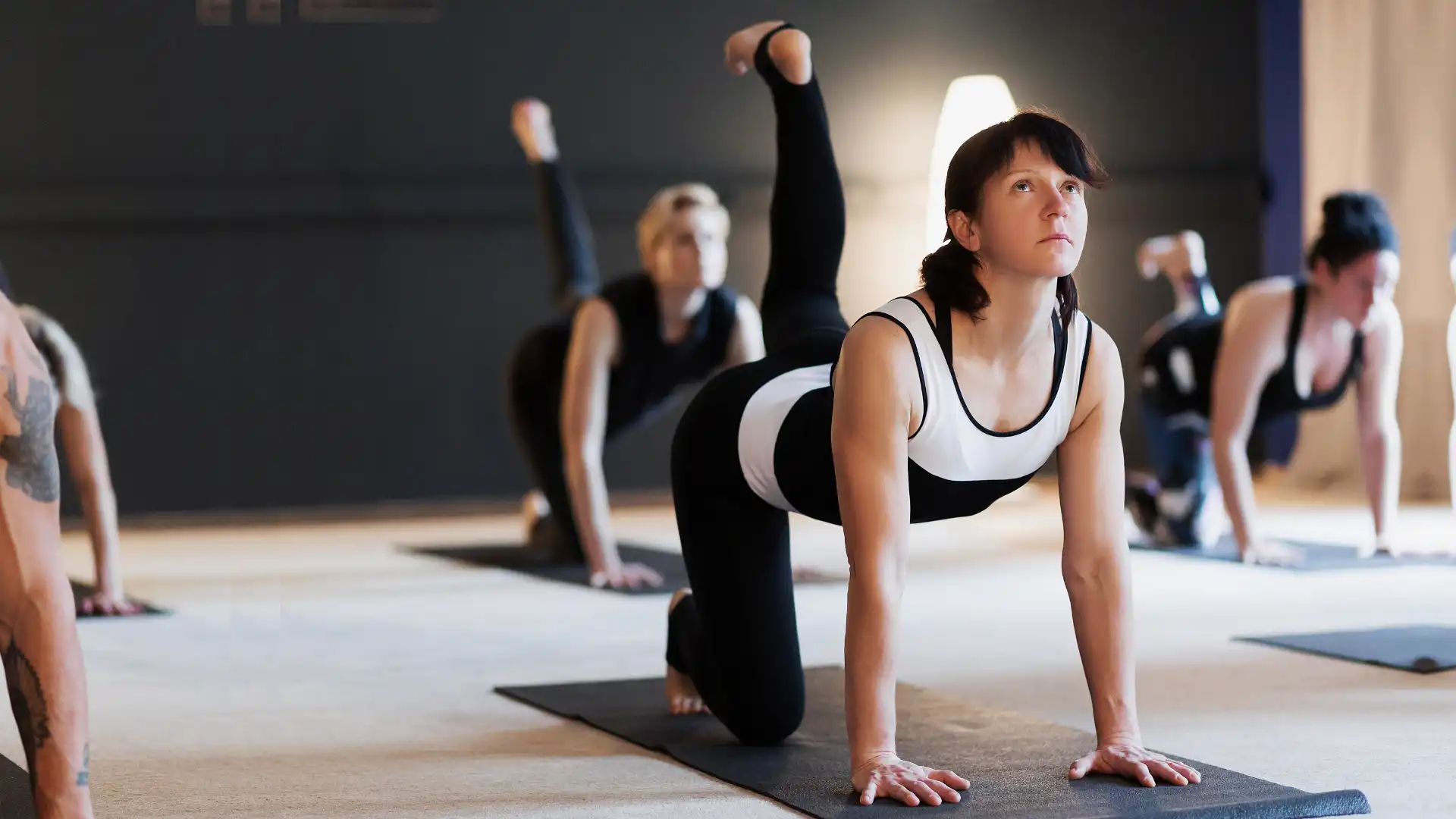More Than Sequencing: 3 Steps to Designing an Effective Yoga Practice

Our professional lives seep into our personal lives, whether we like it or not. In his book, The Happiness Advantage, Shawn Achor tells the story of a tax auditor who was having some marital problems. In his effort to fix it, he had made an Excel spreadsheet listing all the mistakes his wife had made in the past six years and brought it home. His wife was less than thrilled.
“And so it goes, in any profession or line of work. No one is immune. Athletes can’t stop competing with their friends or families. Social workers who deal with domestic abuse can’t stop distrusting men. Financial traders can’t stop assessing the risk inherent in everything they do. Managers can’t stop micromanaging their children’s lives.” (1)
As a yoga teacher, I always notice how people around me move and hold their bodies, with all the potential implications for their health. I can see ideas from the yoga sutras reflected everywhere I look, and any time I read a new book, I think of the ways I could apply that information to teaching yoga.
However, in our profession, it is often expected that your personal life will reflect the fact that you are a yoga teacher. Those expectations will depend on the mental image that a particular person has of that abstract “yoga teacher” and can include ideas that you are vegetarian, wake up at sunrise, don’t get angry, practice yoga for hours every day, never feel tension, and so on.
While it can be amusing to burst those bubbles of expectation, the reality is that to be effective yoga teachers, we do need to live what we preach. Otherwise, we are just faking it.
Designing a Practice Entails More than Smart Sequencing
This doesn’t mean that we need to try to fit our lives into that vague idea of a perfect yoga teacher, but it does mean that we need to be conscious and deliberate about the choices we make. And on top of that, we need to set up our lives in a way that both supports our teaching and provides inspiration for it. After all, teaching yoga is a creative profession: it flows much better when you are inspired, and it relies heavily on your personal experience as a yoga practitioner.

That is why when we talk about designing effective yoga classes, we cannot limit our conversation to sequencing strategies, tool selection and application, and so on. It has to rest on the firm foundation of an inspired life. When your life feels uninspired, crammed, rushed, and unfulfilled, it will likely show up in your teaching. When you feel inspired, curious, spacious, and fulfilled, your students will pick up on that, as well.
3 Steps to Effective Yoga Practice Design

Here are three important steps to creating an effective practice:
Step 1: Create Space to Thrive
This means setting up your life in a way that inspires you. It has nothing to do with living in a cave or denouncing all material possessions. It has everything to do with figuring out what it takes every single day for you to feel reenergized and authentic in your yoga teaching. It serves as a foundation and a jumping-off point for your teaching.
Step 2: Choose the Vital Few Out of the Irrelevant Many
You spent all this time and effort acquiring extensive knowledge about the yoga tradition. It all seems important and necessary. The tricky part is to form a cohesive picture of how it all fits together and figure out how to apply it effectively in yoga practice design. What do you include? What do you leave out? How do you make those selections? Making those decisions consciously every day develops your skills as a yoga teacher.
Step 3: Manifesting Your Vision
There is a big difference between a perfectly designed yoga sequence on a page and how it gets delivered and received in an actual class. How do you modify your plan based on what you see? How do you get feedback, and what do you do with it? What kind of relationships do you establish with your students? Figuring out all those things for yourself reflects your growth and effectiveness as a yoga teacher.
Also, read...
Teaching Svadhyaya: 3 Ways to Encourage Self-Study in Yoga
In Celebration of Gray-Haired Yoga – Busting the Myth of the Yoga Body
Related courses

Educated as a school teacher, Olga Kabel has been teaching yoga for over 14 years. She completed multiple Yoga Teacher Training Programs but discovered the strongest connection to the Krishnamacharya/ T.K.V. Desikachar lineage. She had studied with Gary Kraftsow and American Viniyoga Institute (2004-2006) and received her Viniyoga Teacher diploma in July 2006, becoming an AVI-certified Yoga Therapist in April 2011. Olga is a founder and managing director of Sequence Wiz— a web-based yoga sequence builder that assists yoga teachers and yoga therapists in creating and organizing yoga practices. It also features simple, informational articles on how to sequence yoga practices for maximum effectiveness. Olga strongly believes in the healing power of this ancient discipline on every level: physical, psychological, and spiritual. She strives to make yoga practices accessible to students of any age, physical ability, and medical history, specializing in helping her students relieve muscle aches and pains, manage stress and anxiety, and develop mental focus.



